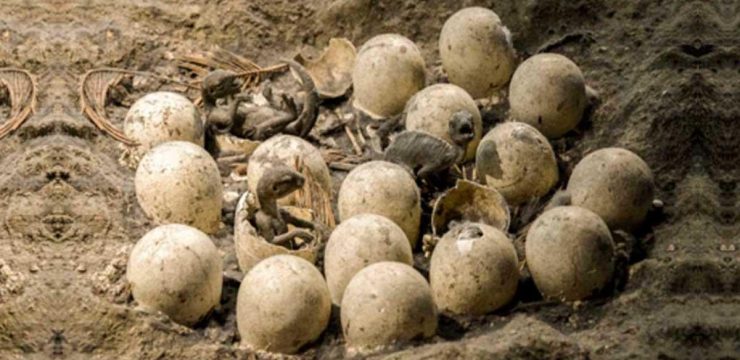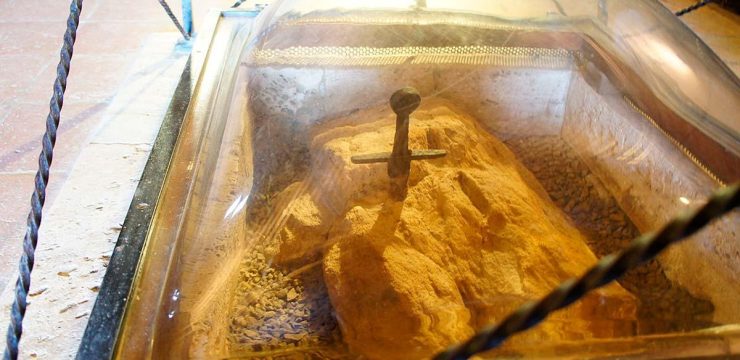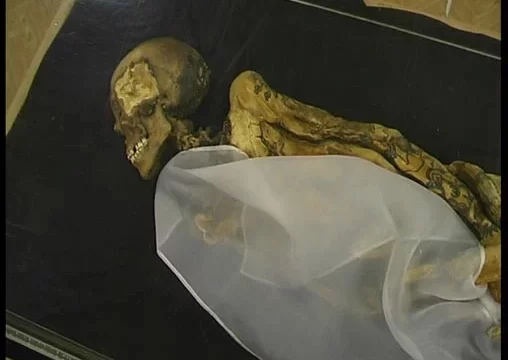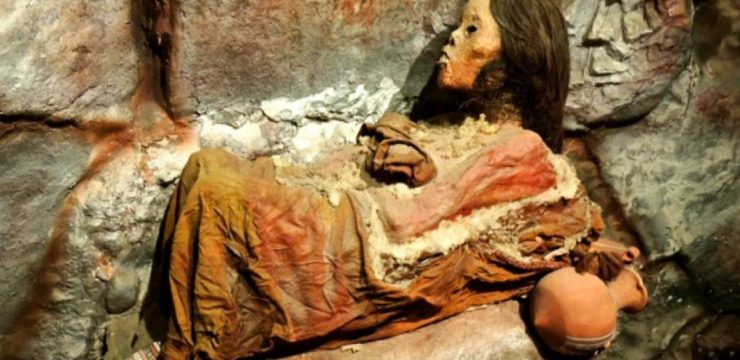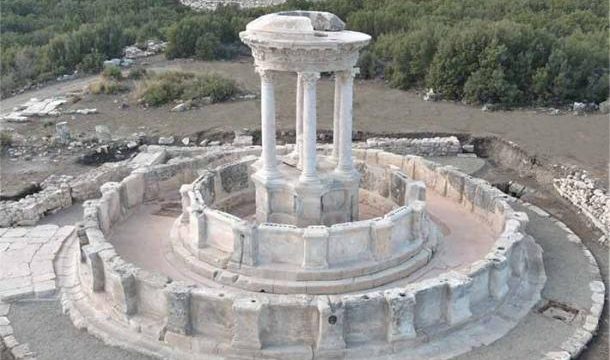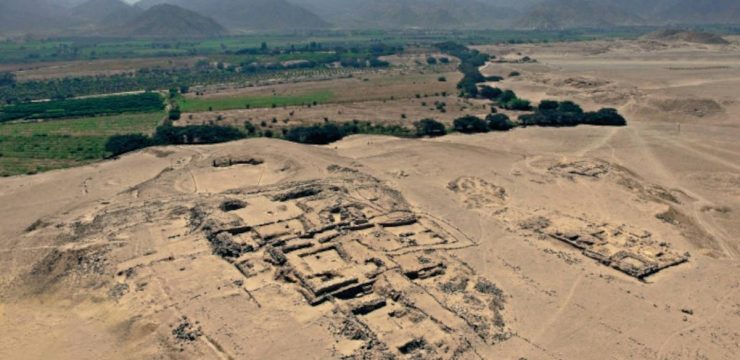The Erechtheion, standing proudly on the Athenian Acropolis, is one of ancient Greece’s most extraordinary architectural achievements. Constructed between 421 and 406 BCE during the golden age of the Athenian Empire, this temple was unlike any other in its purpose and design. It was dedicated to both Athena, the patron goddess of Athens, and Poseidon, the mighty god of the sea, reflecting the city’s deep mythological and religious traditions. While today’s visitors admire its pristine white marble exterior, few realize that this iconic structure was once a vibrant masterpiece, adorned with rich colors that brought its architectural and artistic details to life.
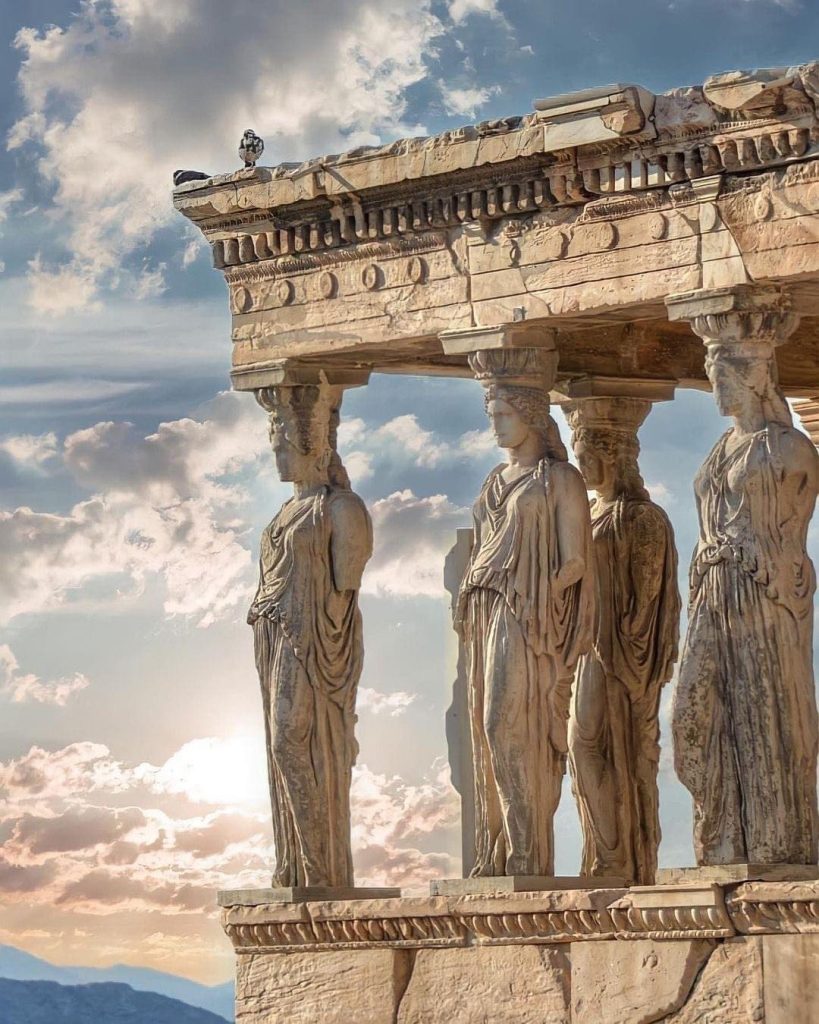
In its original state, the Erechtheion was not the monochromatic structure that modern tourists see. Instead, it was a visual spectacle of color, its surfaces decorated in brilliant hues of red, blue, and gold. Archaeological studies have revealed that ancient Greek temples, including the Erechtheion, were not left in the natural state of their marble but were elaborately painted to enhance their visual appeal and religious significance. This practice was common across ancient Greek architecture, though time has eroded much of the evidence, leaving only microscopic traces for modern researchers to analyze. The Erechtheion’s painted decorations would have given it an entirely different presence, making it not just an architectural marvel but a vivid expression of artistic ingenuity.
One of the most striking aspects of this coloration was found in the temple’s friezes. These sculpted relief panels were originally adorned with alternating bands of deep red and blue, making the carved figures stand out with dramatic contrast. The use of color allowed these friezes to come alive, transforming them from simple carvings into dynamic narratives that could be more easily understood by ancient worshippers and visitors. The paint also served a practical function by protecting the marble from the elements, extending the longevity of these intricate designs.
Perhaps the most famous elements of the Erechtheion are the Caryatids—six sculpted female figures that serve as columns supporting the temple’s south porch. Today, these statues appear in their raw marble state, but in antiquity, they were richly decorated. Their garments were painted in vibrant shades of blue, green, and yellow, creating a sense of depth and movement that mimicked the flowing fabric of real clothing. Additionally, their elaborate hairstyles were embellished with delicate gold leaf, which shimmered in the sunlight, enhancing their regal and divine appearance. This attention to detail underscored the high status of these figures, likely representing noble maidens or priestesses.
Even the roof of the Erechtheion contributed to this stunning display of color. The antefixes—ornamental blocks that lined the edge of the roof—were decorated with intricate patterns in red and blue, while the acroteria, sculpted ornaments positioned at the temple’s corners, added further embellishment. These elements not only enhanced the temple’s aesthetic appeal but also emphasized its sacred function. For the ancient Greeks, the interplay of architecture and artistry was not merely decorative; it was a way to honor the gods and elevate religious structures to a divine level.
Although the vibrant hues of the Erechtheion have faded over time, their legacy remains. Modern technology, including advanced imaging and digital reconstruction, has allowed scholars to visualize what the temple once looked like. These reconstructions provide a breathtaking glimpse into the past, offering a more accurate representation of the ancient world’s artistic sophistication. Through careful analysis of pigment residues on the temple’s surface, researchers have been able to piece together the original color schemes, allowing us to appreciate the Erechtheion as it was meant to be seen.
Digital reconstructions and virtual models have become invaluable tools in bringing history to life. By restoring color to the Erechtheion, these reconstructions help us bridge the gap between antiquity and the present, allowing us to experience the temple in its full glory. For historians and archaeologists, these models offer critical insights into ancient Greek aesthetics, while for general audiences, they provide an engaging and immersive way to connect with the past. The ability to see the Erechtheion as it once was deepens our understanding of ancient Greek architecture and its role in shaping the artistic traditions that followed.
Despite the loss of its original colors, the Erechtheion remains a powerful symbol of the artistic and architectural achievements of classical Athens. This temple was not merely a place of worship; it was a testament to the ingenuity, craftsmanship, and artistic ambition of its creators. It stands as an enduring reminder that the ancient world was far from the stark, white marble image often depicted in modern representations. Instead, it was a place of vivid color, intricate design, and breathtaking beauty.
The significance of the Erechtheion extends beyond its physical structure. It embodies the cultural and religious values of ancient Athens, a city that placed great emphasis on honoring its deities through monumental architecture. The temple’s unique design, featuring separate sanctuaries for Athena and Poseidon, reflects the city’s deep-rooted mythology and the competitive spirit between these two gods. According to legend, Athena and Poseidon vied for the patronage of Athens, each offering a gift to the city—Poseidon struck the ground with his trident, producing a saltwater spring, while Athena provided the olive tree, symbolizing prosperity and peace. The Erechtheion was built on the sacred site where this legendary contest was believed to have taken place, making it one of the most spiritually significant locations in the city.
Today, as millions of visitors walk through the ruins of the Acropolis, they stand in awe of the Erechtheion’s timeless beauty and historical significance. Though its colors have faded, its impact has not diminished. It continues to inspire architects, artists, and scholars, serving as a bridge between the past and the present. The temple reminds us that ancient Greek civilization was not only defined by its political and philosophical achievements but also by its deep appreciation for art and aesthetics.
In the broader context of classical architecture, the Erechtheion stands out as a masterpiece of asymmetry and balance, breaking away from the rigid symmetry of other temples such as the Parthenon. Its complex layout, dictated by the uneven terrain of the Acropolis, showcases the Greeks’ ability to adapt architectural design to natural landscapes while maintaining a sense of harmony and proportion. This innovation set a precedent for future architectural endeavors, influencing generations of builders throughout history.
Ultimately, the Erechtheion is more than just an ancient ruin; it is a story carved in stone, a testament to human creativity, and a glimpse into a world where color and form combined to create something truly extraordinary. Its legacy endures not only in the remains that still stand today but in the knowledge and inspiration it continues to provide. By understanding its original splendor, we gain a richer appreciation for the artistic achievements of the past and the ways in which they continue to shape our perception of history.
